The Buddhist Goddesses Tara and Chunda
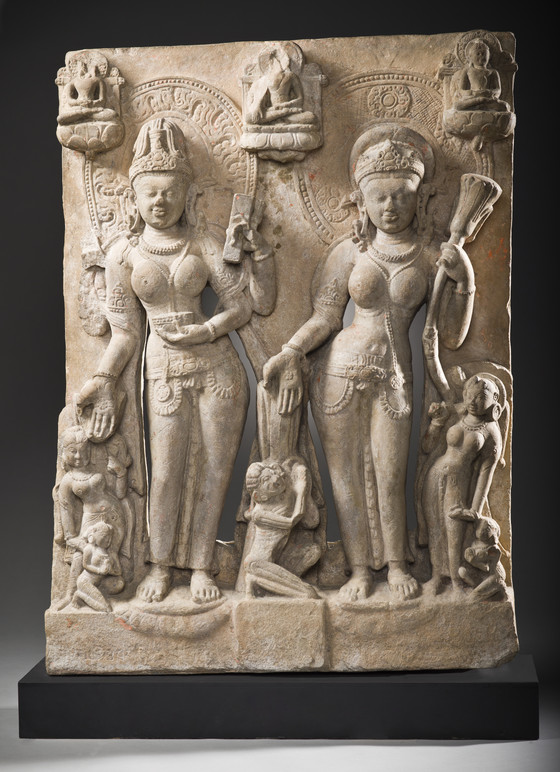
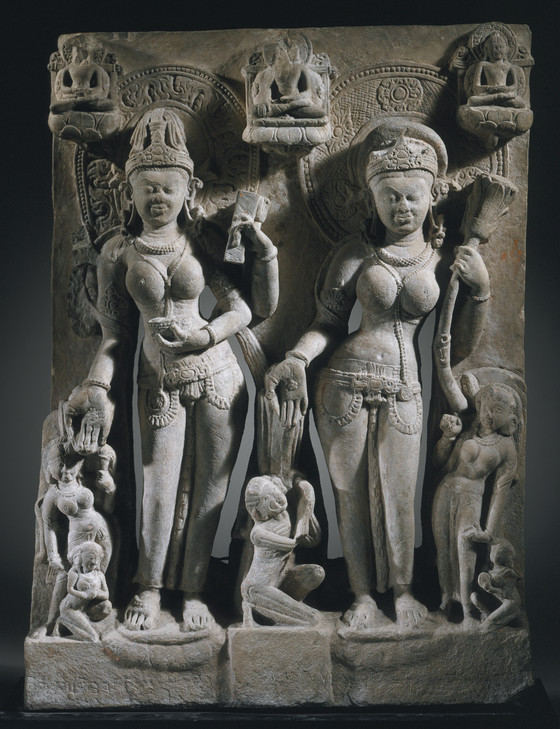
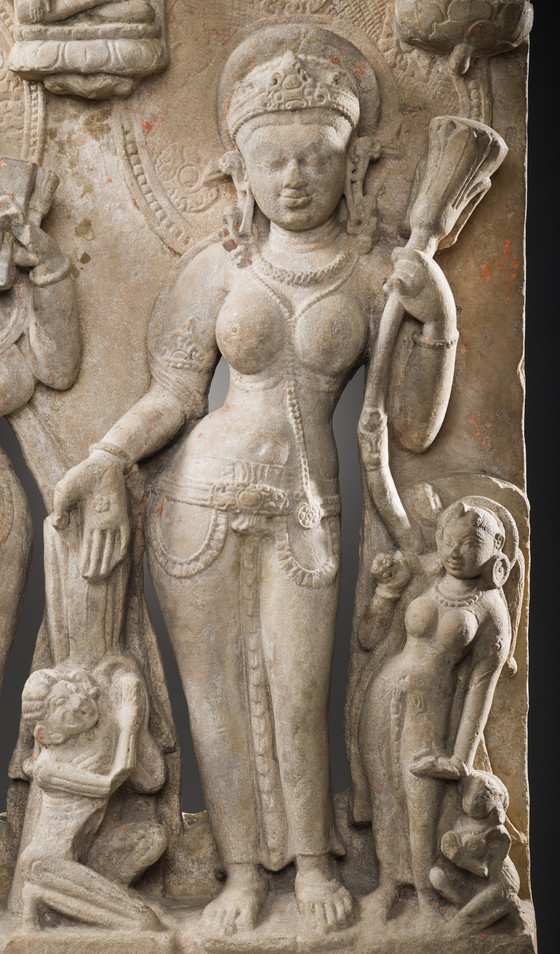
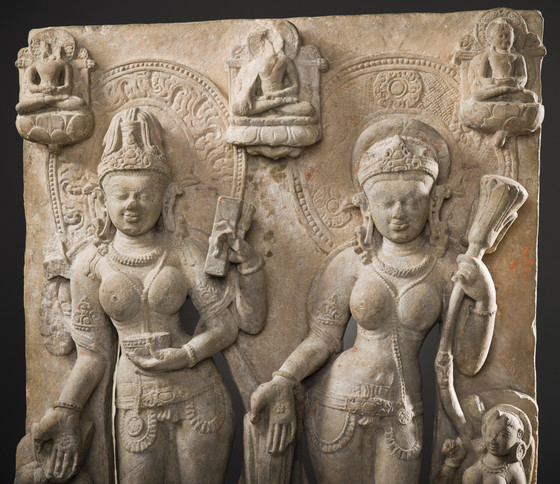
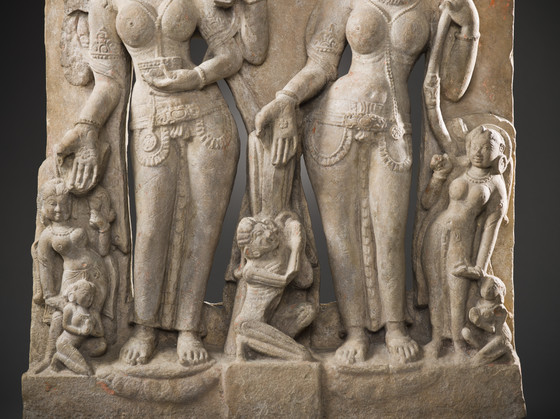
Please log in to add this item to your gallery.
View comments
No comments have been posted yet.
Add a comment
Please log in to add comments.
Please log in to add tags.
* Nearly 20,000 images of artworks the museum believes to be in the public domain are available to download on this site.
Other images may be protected by copyright and other intellectual property rights.
By using any of these images you agree to LACMA's Terms of Use.
The Buddhist Goddesses Tara and Chunda
India, Uttar Pradesh, Farrukhabad, Pakhna, 9th century
Sculpture
Sandstone with traces of red devotional paint
35 x 26 x 5 in. (88.9 x 66.04 x 12.7 cm)
Purchased with funds provided by Harry and Yvonne Lenart (M.90.164)
Not currently on public view


